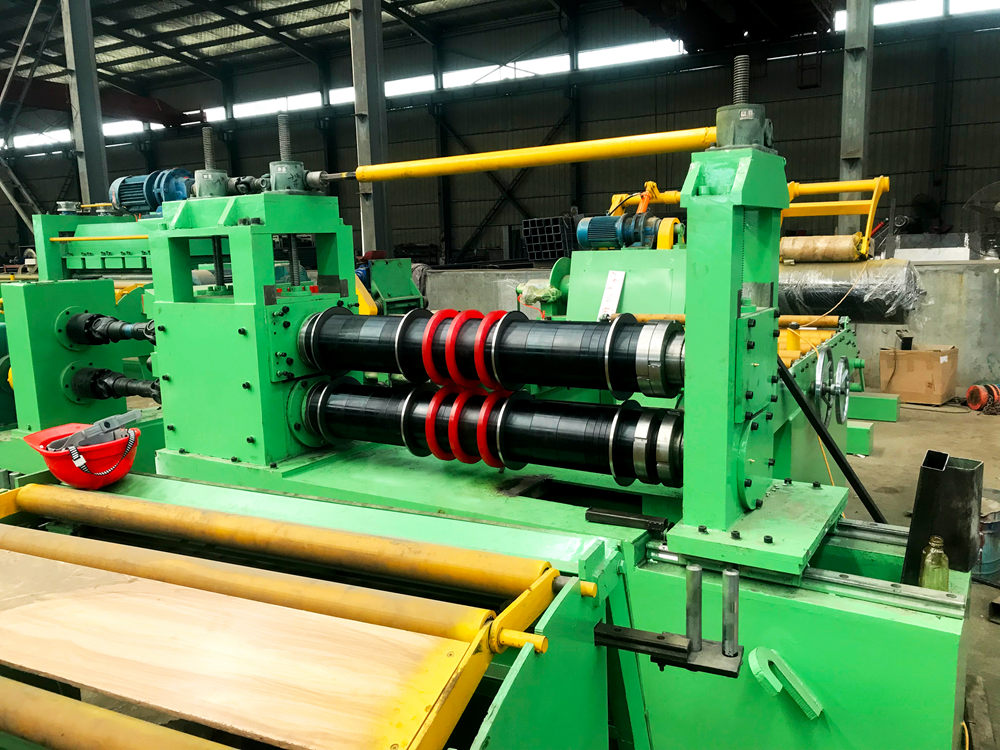
Evolution and Importance of Construction Machinery
Construction machinery has undergone significant evolution over the years, playing a vital role in transforming the landscape of the construction industry. From basic hand tools to sophisticated, heavy-duty machines, the advancement in technology has not only increased efficiency but also revolutionized the way structures are built.
The origins of construction machinery can be traced back to simple wooden tools and manual labor. As urbanization began to rise in the 19th century, the need for more efficient construction methods became apparent. This led to the invention of steam-powered machines, which were pivotal in shifting from manual labor to mechanized processes. The steam shovel, for instance, simplified the excavation of earth, drastically reducing the time required for foundational work.
As technology progressed, the emergence of internal combustion engines revolutionized construction machinery further. Hydraulic systems were developed, allowing for greater precision and control. Machines like bulldozers, excavators, and cranes became essential on construction sites. These machines increased productivity, reduced labor costs, and enhanced safety by minimizing human involvement in hazardous tasks.

Today, construction machinery encompasses a wide range of equipment designed for various tasks. Backhoes and loaders are commonly used for digging and moving materials, while cranes are crucial for lifting heavy beams and materials into position. The versatility of these machines allows for a seamless workflow on construction sites. Furthermore, the introduction of compact machinery has enabled construction in urban areas where space is limited, allowing contractors to maximize efficiency without compromising on safety or quality.
The integration of technology into construction machinery has also been significant. Innovations such as GPS systems, telematics, and automated machinery have transformed traditional practices. GPS technology allows for precise mapping and grading, while telematics provides real-time data on machine performance, enhancing maintenance and reducing downtime. Additionally, the development of autonomous machines signals a new era in construction. These machines can operate without human intervention, increasing efficiency and safety on job sites.
Moreover, the environmental impact of construction machinery has become a critical consideration. As sustainability gains prominence, manufacturers are focusing on creating eco-friendly machines that reduce emissions and energy consumption. Electric and hybrid machines are becoming increasingly popular, paving the way for a more sustainable construction industry.
In summary, the evolution of construction machinery has had a profound impact on the construction industry. From its humble beginnings to the integration of cutting-edge technology, these machines have significantly improved efficiency, safety, and sustainability. As the industry continues to grow, the role of construction machinery will only become more prominent, adapting to the changing needs of urban development and environmental considerations. The future of construction machinery holds promising advancements, ensuring that the industry can meet the demands of an ever-evolving world.